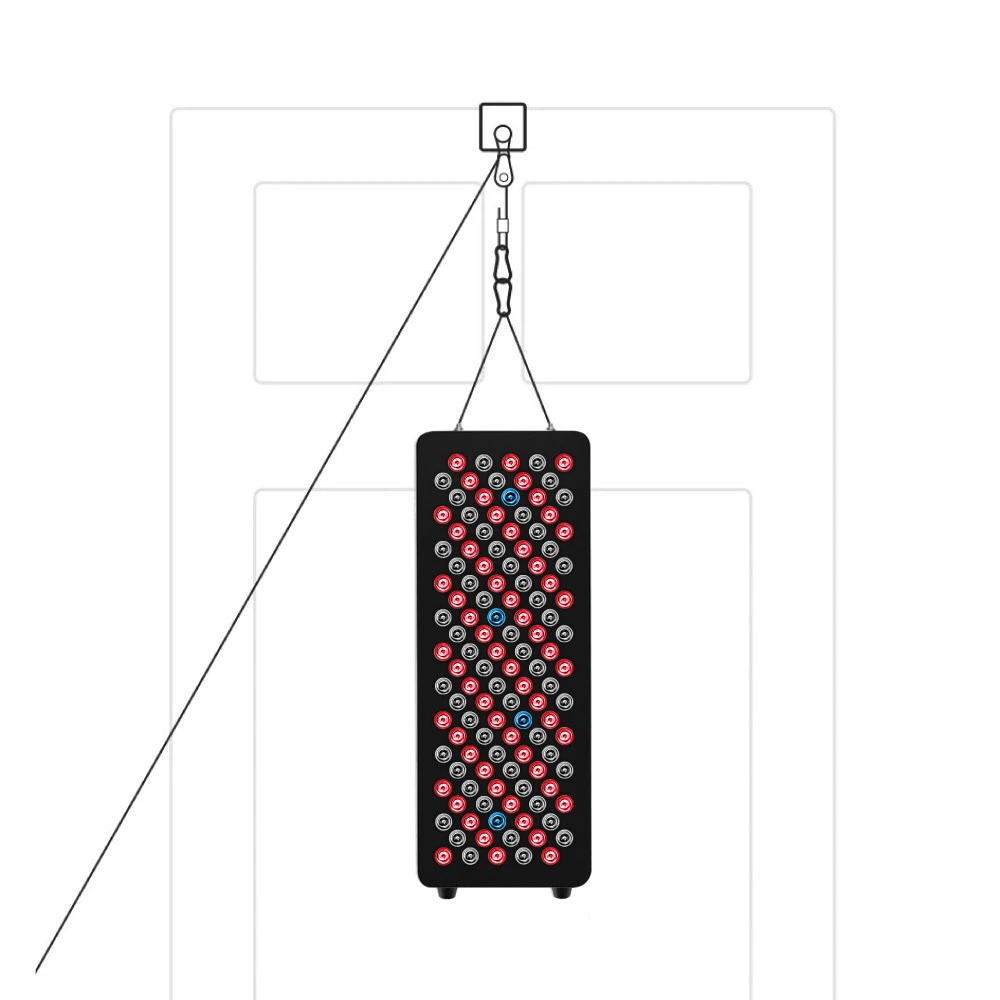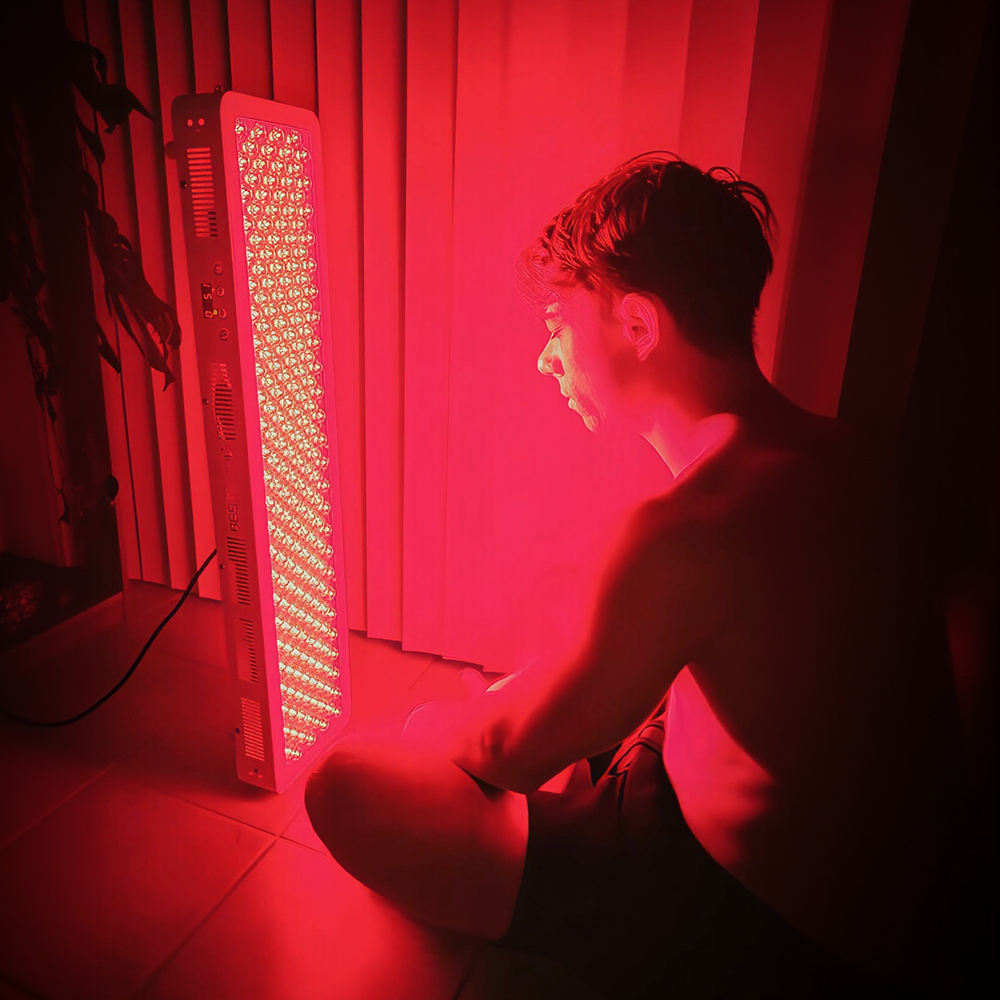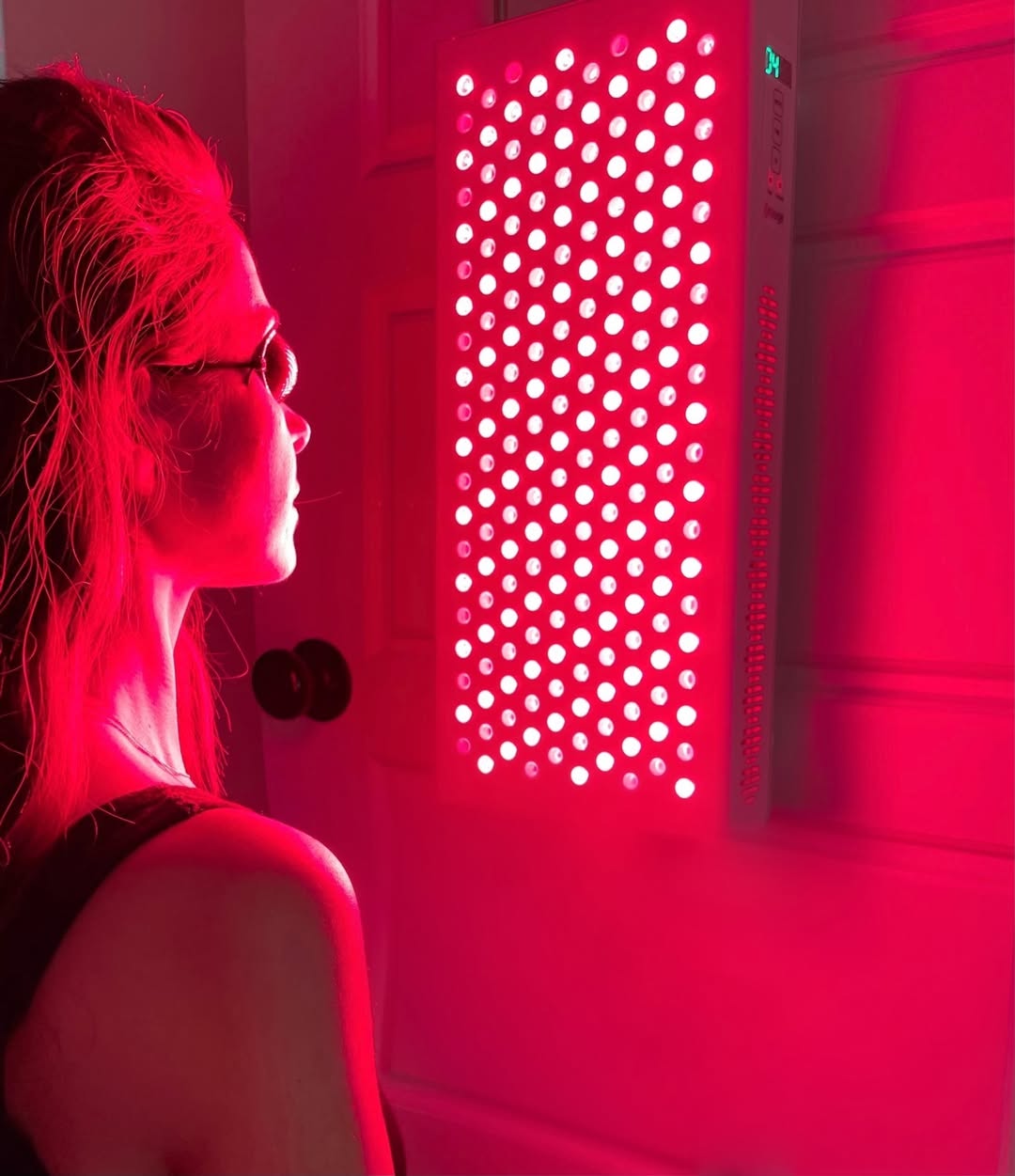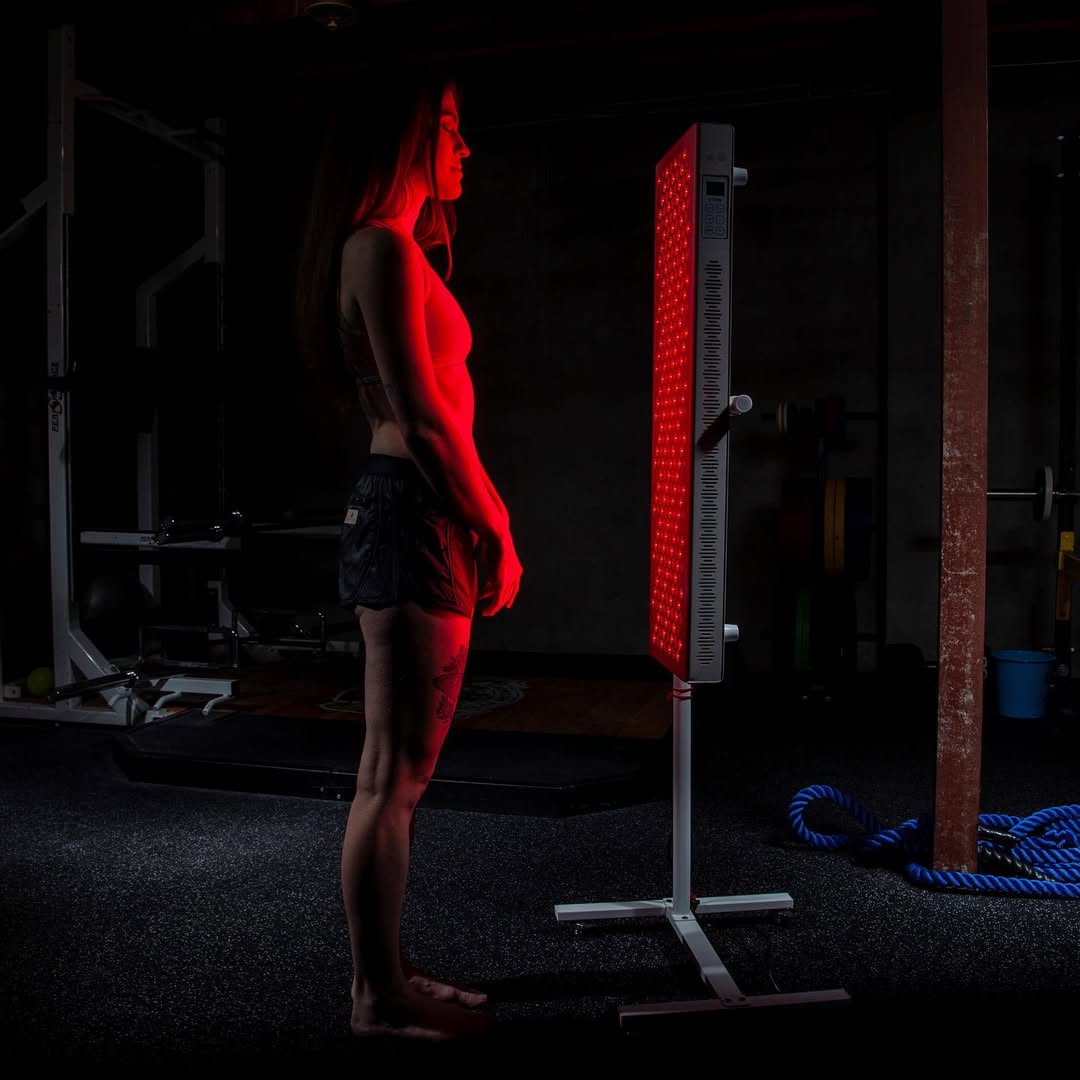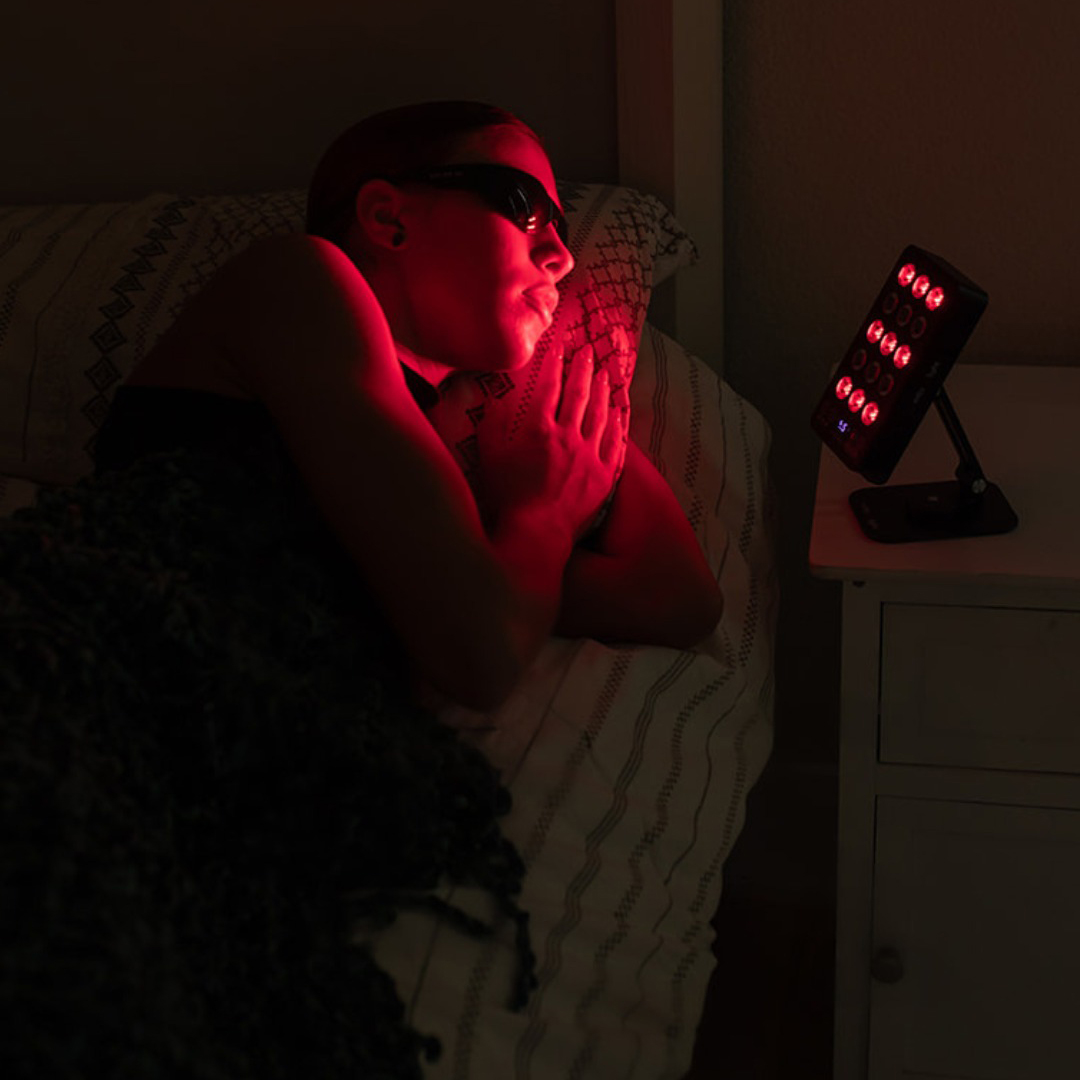![]() Free Shipping
Free Shipping ![]() Buy Now, Pay Later
Buy Now, Pay Later ![]() Eligible
Eligible
Red Light Therapy for Perioral Dermatitis: The Ultimate Guide & Benefits
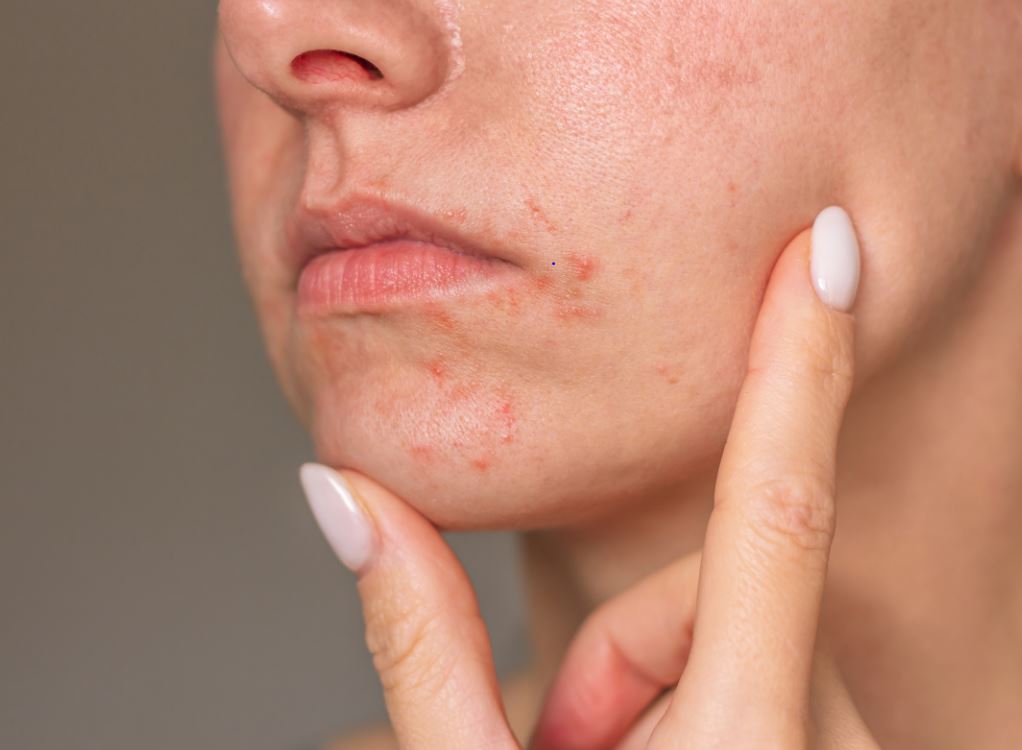
If you’re struggling with the stubborn, red, bumpy rash around your mouth known as perioral dermatitis, you know how frustrating and disheartening the search for a solution can be. Traditional treatments can sometimes be harsh or ineffective, leading many to seek out gentler alternatives.
Enter Red Light Therapy (RLT). Once a futuristic-sounding technology, RLT is now a well-researched, non-invasive treatment gaining significant traction in the dermatological world for its ability to calm inflammation and promote skin healing.
In this ultimate guide, we’ll break down exactly how red light therapy can help with perioral dermatitis, the science behind it, and how you can incorporate it into your skincare routine.
What is Perioral Dermatitis? Understanding the Foe
Before we dive into the solution, let’s clearly define the problem.
Perioral Dermatitis (POD) is a common inflammatory skin condition characterized by a red, bumpy rash that typically appears around the mouth. It can also extend to the nose and eyes (where it’s called periorificial dermatitis). The rash often resembles acne or rosacea but is a distinct condition.
Common triggers include:
- Overuse of topical steroid creams
- Heavy face creams and ointments
- Harsh skincare products
- Hormonal fluctuations
- Certain toothpastes with fluoride
The conventional treatment often involves a period of “zero therapy” (using nothing on the skin), followed by prescriptions like topical antibiotics (e.g., metronidazole) or oral antibiotics. However, these don’t work for everyone and can come with side effects.
How Does Red Light Therapy Work? The Science of Light Healing
Red Light Therapy, also known as Low-Level Laser Therapy (LLLT) or photobiomodulation, exposes the skin to low wavelengths of red and near-infrared light. Unlike UV light which damages the skin, this specific light energy is absorbed by our cells and used to fuel natural processes.
When it comes to inflammatory skin conditions like perioral dermatitis, RLT works through several key mechanisms:
- Reduces Inflammation: The light energy penetrates the skin and helps calm overactive immune responses, reducing the redness, swelling, and irritation characteristic of POD.
- Promotes Cellular Repair & Regeneration: RLT boosts mitochondrial function in our cells. Think of mitochondria as cellular power plants. By enhancing their energy production (ATP), skin cells are better equipped to repair themselves and regenerate healthy tissue.
- Increases Blood Circulation: Improved blood flow delivers more oxygen and nutrients to the damaged skin, accelerating the healing process.
- Calms the Skin Barrier: By reducing inflammation and supporting cellular health, RLT helps strengthen the compromised skin barrier, which is often a core issue in perioral dermatitis.
The Direct Benefits of Red Light Therapy for Perioral Dermatitis
So, what does this science translate to for someone dealing with a POD flare-up? Here are the direct benefits you can expect.
- Decreased Redness and Inflammation: This is the most significant benefit. The anti-inflammatory effects of RLT directly target the primary symptom of POD, leading to a calmer, less angry-looking complexion.
- Accelerated Healing: By fueling your skin cells, RLT can help speed up the recovery time from a flare-up, moving you from an active rash to clear skin more quickly.
- Gentle and Non-Invasive: For those whose skin reacts badly to creams and medications, RLT offers a “zero-contact” alternative. It doesn’t irritate or strip the skin.
- Strengthened Skin Barrier: A healthy skin barrier is your first line of defense against future flare-ups. RLT supports the long-term health and resilience of your skin.
- Reduction in Papules and Pustules: The anti-inflammatory and healing effects can help reduce the number and severity of the small bumps and pus-filled spots.
What the Experts Say
“Red and near-infrared light therapies have compelling data showing their ability to modulate inflammation and promote tissue repair. For conditions like perioral dermatitis, where inflammation is a key driver, it can be a valuable tool in a comprehensive treatment plan, often with zero side effects.”
— Dr. Sarah Jones, Board-Certified Dermatologist
Red Light Therapy vs. Traditional Perioral Dermatitis Treatments
How does RLT stack up against the conventional options? This table provides a clear comparison.
| Treatment Method | How It Works | Pros | Cons |
|---|---|---|---|
| Red Light Therapy | Uses light energy to reduce inflammation and promote cellular healing. | Non-invasive, gentle, no known side effects, strengthens skin barrier, can be used at home. | Requires consistency, not an instant fix, cost of initial device investment. |
| Topical Antibiotics | (e.g., Metronidazole) Kills bacteria on the skin’s surface to reduce inflammation. | Clinically proven, effective for many. | Can cause dryness, irritation, and burning; may lead to antibiotic resistance. |
| Oral Antibiotics | (e.g., Doxycycline) Systemic anti-inflammatory and antibiotic effects. | Often effective for moderate-severe cases. | Can cause stomach upset, sun sensitivity, yeast infections; not suitable for long-term use. |
| Zero Therapy | Eliminates all potential irritants (creams, makeup, etc.). | Identifies triggers, no cost. | Can be very difficult, often involves a significant “purge” or worsening period. |
How to Use Red Light Therapy for Perioral Dermatitis: A Practical Guide
Incorporating RLT into your routine is straightforward.
1. Choose Your Device:
- In-Clinic Treatments: Performed by a dermatologist or med-spa. High-powered, but expensive and requires appointments.
- At-Home Devices: A cost-effective and convenient long-term solution. Look for high-quality panels or wands that emit red (630-660nm) and near-infrared (810-850nm) light.
2. Prepare Your Skin: Always start with clean, dry, bare skin. Do not use any creams or serums before your session, as they can block or reflect the light.
3. Conduct Your Session:
- Distance: Follow the manufacturer’s instructions, typically 6-12 inches from your face.
- Duration: Start with short sessions (e.g., 1-3 minutes) and gradually work up to 10-15 minutes per area.
- Frequency: Consistency is key. Most see the best results with daily use initially, tapering to 3-5 times per week for maintenance.
4. Be Patient and Consistent: RLT is not an overnight miracle. You may start to notice reduced redness within a few weeks, but significant healing of the skin barrier and reduction in bumps can take 8-12 weeks of consistent use.
VELLGUS Elite V2
THE #1 RATED RED LIGHT DEVICE
VELLGUS pro V2
THE #1 RATED FULL BODY RED LIGHT DEVICE
The Bottom Line: Is Red Light Therapy Right for You?
Red Light Therapy presents a compelling, evidence-backed, and gentle option for managing the frustrating symptoms of perioral dermatitis. Its ability to directly target inflammation and support the skin’s innate healing processes makes it an excellent standalone treatment for mild cases or a supportive therapy for more stubborn ones.
While it requires an investment and a commitment to consistency, its excellent safety profile and long-term benefits for overall skin health make it a powerful tool in the fight against perioral dermatitis.
Disclaimer: This article is for informational purposes only and does not constitute medical advice. Always consult with a board-certified dermatologist or healthcare provider before starting any new treatment for a skin condition.



